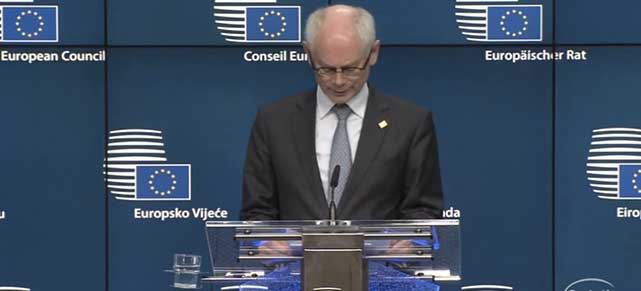The European Union has historically led the world on efforts to reduce greenhouse-gas emissions, but that didn’t stop member country leaders from raising the bar on Friday. The EU did, in the end, agree to a climate change pact that obligates members to collectively cut GHG emissions by at least 40 per cent below 1990 levels by 2030. As of 2012, the EU cut its emissions by about 18 per cent. This means it will have to make similar progress over the next 15 years. It’s an ambitious goal, but some environmental groups were disappointed that specific national targets are not binding. Other targets include renewable energy having 27 per cent market share on a EU-wide basis and energy-efficiency improvements of 27 per cent – the latter optional. Germany and some others were lobbying for a 30 per cent target for both, but countries such as the U.K. and Poland resisted that push.
Latest from Multimedia
Diana Fox Carney speaks to Stephane Germain, the CEO of GHGSat, about his company’s pioneering satellites
Diana Fox Carney talks to Amanda Hall, the CEO of Summit Nanotech, about responsible lithium mining,
Diana Fox Carney interviews the CEO of Clear Blue Technologies, a Toronto-based company that uses a
In Episode 1, Carbon Engineering CEO Daniel Friedmann explains how his company plans to suck carbon
Watch our one-hour finale of our Green Recovery series, “Building Back Better with a Green Recovery:







